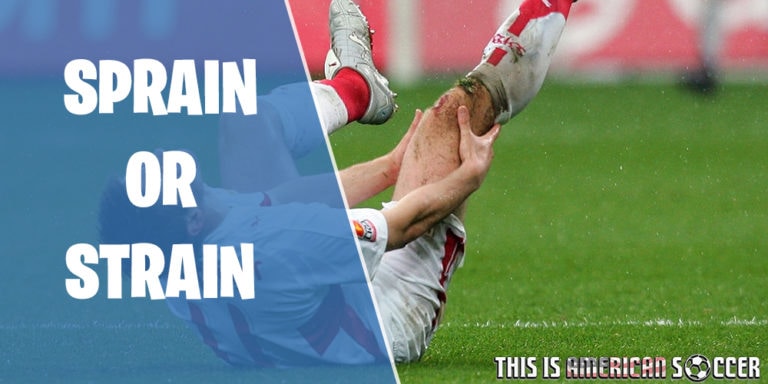There’s no easy way to put it – if you like soccer, you have to risk getting injured.
While some injuries are serious, other, more common ones aren’t that hard to overcome. Players often play through such injuries and even score crucial goals or produce a match-saving tackle.
It’s best not to exaggerate the injuries you’re likely to incur, but having an idea about the most common injuries will help put your mind at ease. With the right soccer equipment, you can quickly overcome these injuries and get back to playing the sport you love.
While there’s not just one common injury (you can easily add one or two more), we zeroed in on what we think is the most common one. You’ll see that following the doctors’ orders ensures you’re feeling better in no time.
So, read on to find out.
Types Of Common Injuries
Since football is a contact sport, it’s highly unlikely you will get away without sprains or strains. While the severity of the injuries may differ depending upon the impact, the most common type of sprains or strains can usually be overcome in one day.
Often you won’t even need to rest and can run it off during the match itself by applying a healing spray or ice during halftime. However, if your injury’s nature is a bit more serious, it may lead to cartilage tears or sprains in the anterior cruciate ligament (ACL) of the knee.
You’ll need to undergo surgery in such cases, and it’ll take a few weeks for you to recover from it. Plus, we have often seen players pull up sharply while running, which could be a minor sprain or a hamstring issue.
Again, the hamstring tear’s grade may vary, thereby keeping you on the side-lines from one day to a few months. Meanwhile, regular outings could lead to stress fractures causing the bones to lose some of their strength. You may find it difficult to distinguish it from a soft tissue injury, which requires different treatment.
In some cases, a heavy fall or a sliding tackle may lead to sprains in the arms or wrists, and you can usually recover by restraining yourself from any heavy-duty activity for a few days. Likewise, sprains in the shoulder and neck, along with cuts, are not uncommon.
Conclusion
We hope you have a much better idea regarding the most common soccer injury and which soccer gear you need to prevent this.
By knowing the extent of the damage, you can subsequently take the necessary steps to get back on the field as quickly as possible. It’s best to accept injuries as part and parcel of the game rather than losing sleep over it.
That’s all for now. Until next time, Ciao!







